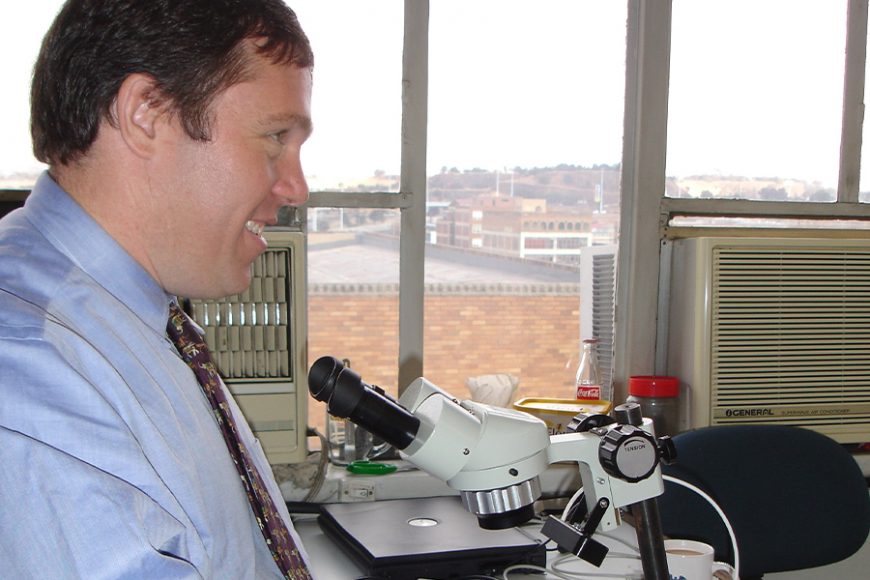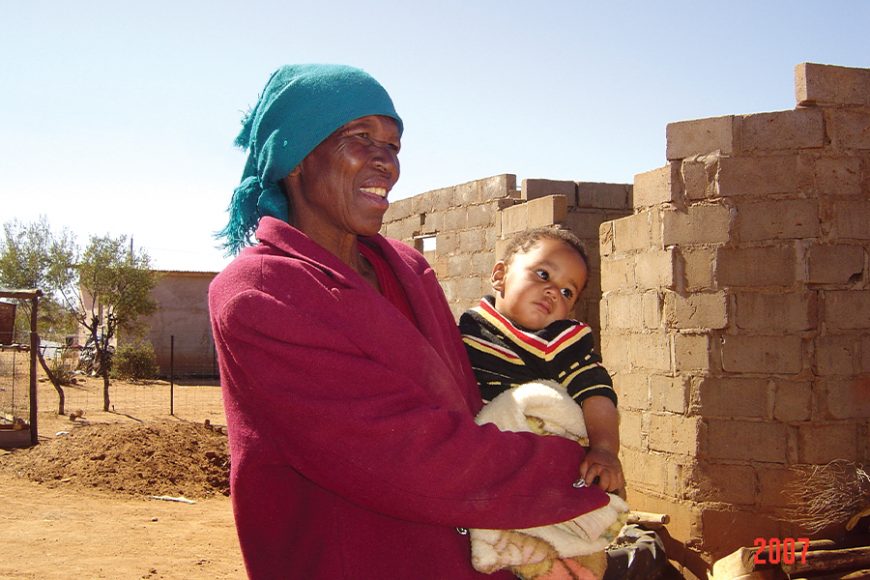Much value can be gained from a diamond in the rough. Skilled polishers can turn the stone into an opulent gem by cutting it precisely until only 45 percent of its original weight is left. The rest is turned into dust. If all the facets are laid perfectly — 58 is the standard — you get the most beautiful jewel.
But there are also the gem’s multifaceted meanings. As the hardest natural substance in existence, forged deep within the earth by extreme pressure and temperature, the diamond symbolizes strength and perseverance, uniqueness and luxury. It’s also widely celebrated as a symbol of purity, light and — since the Renaissance — a promise of enduring love.
That’s why “a diamond is always for a happy occasion,” Sean Cohen says.
A Scarsdale resident, Cohen is president and CEO of Rand Diamonds, a company with roots in South Africa that go back three generations. He believes that everything about a diamond should be beautiful — from mining to polishing — and calls the effort a “virtuous cycle,” meaning that no step in the process of obtaining such a natural wonder should lead to a compromised conscience.
This isn’t always the case in the diamond business. The gem’s reputation has been marred by the scourge of conflict, or “blood,” diamonds as competing forces have used the stones to finance civil wars, a situation dramatized in the 2006 Leonardo DiCaprio film “Blood Diamond.” That scenario has made customers wary.
“As a consumer, I might want and like a diamond but I’d have all of these concerns,” he says.
For more than 20 years Cohen has made strides to ensure the resource becomes solely an engine that drives well-being across the board. His hope is to change the paradigm and he’s made significant headway.
Cohen was living in South Africa in the 1990s when he became head of the International Diamond Manufacturers Association and was approached by someone from the nonprofit Global Witness.
“He said I was in a position to do something about (conflict diamonds),” Cohen says.
So, Cohen helped establish The Kimberley Process Certification Scheme (KPCS), a United Nations-approved effort to clean up the diamond trade by requiring member states to set up a control system for rough diamonds. The system is robust and has led to significant change, but there are loopholes, leading Global Witness to pull out of the initiative in 2011. Still, Cohen is forging ahead, with change elsewhere.
“To me I want to take it further forward,” he says.
Which brings us to the business facet of diamonds in Botswana, now one of the biggest suppliers of conflict-free diamonds in the world. After the discovery of the first massive diamond mine a year after Botswana gained independence from Britain in 1966, the country leapt from one of the poorest nations on the continent to one of the most prosperous. Now the diamond industry accounts for a whopping 65 percent of the country’s gross domestic product (GDP.)
After a long history in South Africa, Cohen proposed the idea that diamonds should be not just mined but also polished in Botswana as a way to ensure that the community would benefit more directly from industry revenue. (Comparatively, less than 5% of South Africa’s GDP comes from diamonds, so the government there was less motivated to move in that direction.)
“It was just the logical thing to do to look at Botswana,” Cohen says.
The African country is home to some of the richest diamond mines in the world. They follow internationally recognized labor and environmental standards and benefit from strong democratic governance.
Perhaps you saw the sparkle emanating from the finger of Meghan, Duchess of Sussex? Her yellow-gold engagement ring, designed by Prince Harry himself, contains a square-cut diamond from Botswana, a country they visited early in the courtship, flanked by two diamonds that belonged to his mother, Diana, Princess of Wales.
In 2007, Rand launched a training program to teach villagers in Botswana how to polish diamonds to the highest standard in the world, GIA (Gemological Institute of America) triple excellent. It’s proven an effective way to lift people up to the middle class, create jobs and lead to development.
“The first generation got food and medication,” Cohen says of the effect diamonds have had on the economy in Botswana since the 1960s. “And the next generation got education.”
Many who benefited from that education went on to roles in government. They implemented legislative changes to control their mineral wealth and leverage the benefit of its reserves for its people. “They were fortunate to be blessed with great leadership,” Cohen says. “It’s like the Switzerland of Africa.”
By the third generation — the millennial generation — the people of Botswana wanted more economic opportunities.
“Polishing is the valued added part,” Cohen says, “and the knowledge part.”
More than 80% of those going through polishing and management training at Rand Diamonds are women. “There are less men applying,” he adds. “The world has changed.”
Training facilities like the one started by Rand have helped transform the landscape for these women used to limited economic prospects into a homegrown workforce of artisans. “This is something that has done good all the way through the chain,” Cohen says. “You’re giving real opportunity to people.”
He continues to visit Botswana three to eight times a year. He says the country needs to take full advantage of its resource. The number of diamonds being mined is shrinking and, he adds, in Botswana, diamonds may run out by as early as 2030.
The time it takes for the workforce to become skilled in the craft “is very much dependent on people’s innate skills. But someone could become productive in some capacity within six months. And within two years be polishing to a high standard of quality.”
He should know. “I figured the best way for me to learn (the industry) was to start polishing,” he says of his early career in South Africa that began around the time Nelson Mandela was released from prison in 1990. “That gave me my first appreciation. I understood how much skill was involved.”
Cohen went on to sort diamonds, grading them by color, clarity, carat and cut. He says after looking at diamond after diamond, he began to notice some of them had a special quality. It made him realize the value of the cut.
Two years ago, Cohen introduced Rand Defined Diamonds, a stainless steel and glass disc that can hold one to three loose diamonds sold at the Polished Trade Price (PTP), which is the price that global retailers pay for diamonds. “Diamonds of engagement ring size, that’s the market that’s always liquid,” he says of the markup a retailer may charge.
“We wanted to be able to showcase the diamond,” he adds of the disc. “A picture has to have a frame. You can actually hold $1 million in the palm of your hand.”
Fifty percent of disc sales are to grandparents who want the experience of presenting a gift that passes on wealth other than intangibles like inherited stock.
“(Diamonds are) full of meaning, emotions and great value,” he says. “And that value doesn’t depreciate.”
For more, visit randdiamonds.com.






